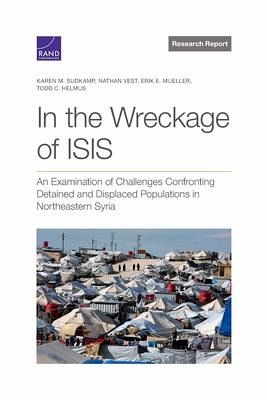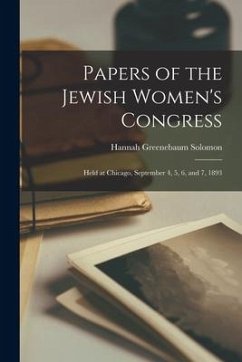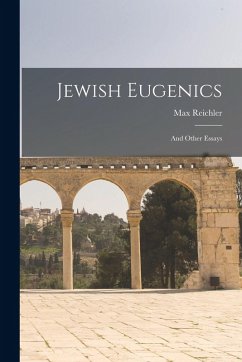
In the Wreckage of Isis
An Examination of Challenges Confronting Detained and Displaced Populations in Northeastern Syria
Versandkostenfrei!
Versandfertig in über 4 Wochen
21,99 €
inkl. MwSt.

PAYBACK Punkte
11 °P sammeln!
The authors examine the humanitarian and security conditions in two Syrian camps for internally displaced persons: al-Hol and Roj. They address concerns about radicalization and highlight challenges in returning displaced residents to their homes.














